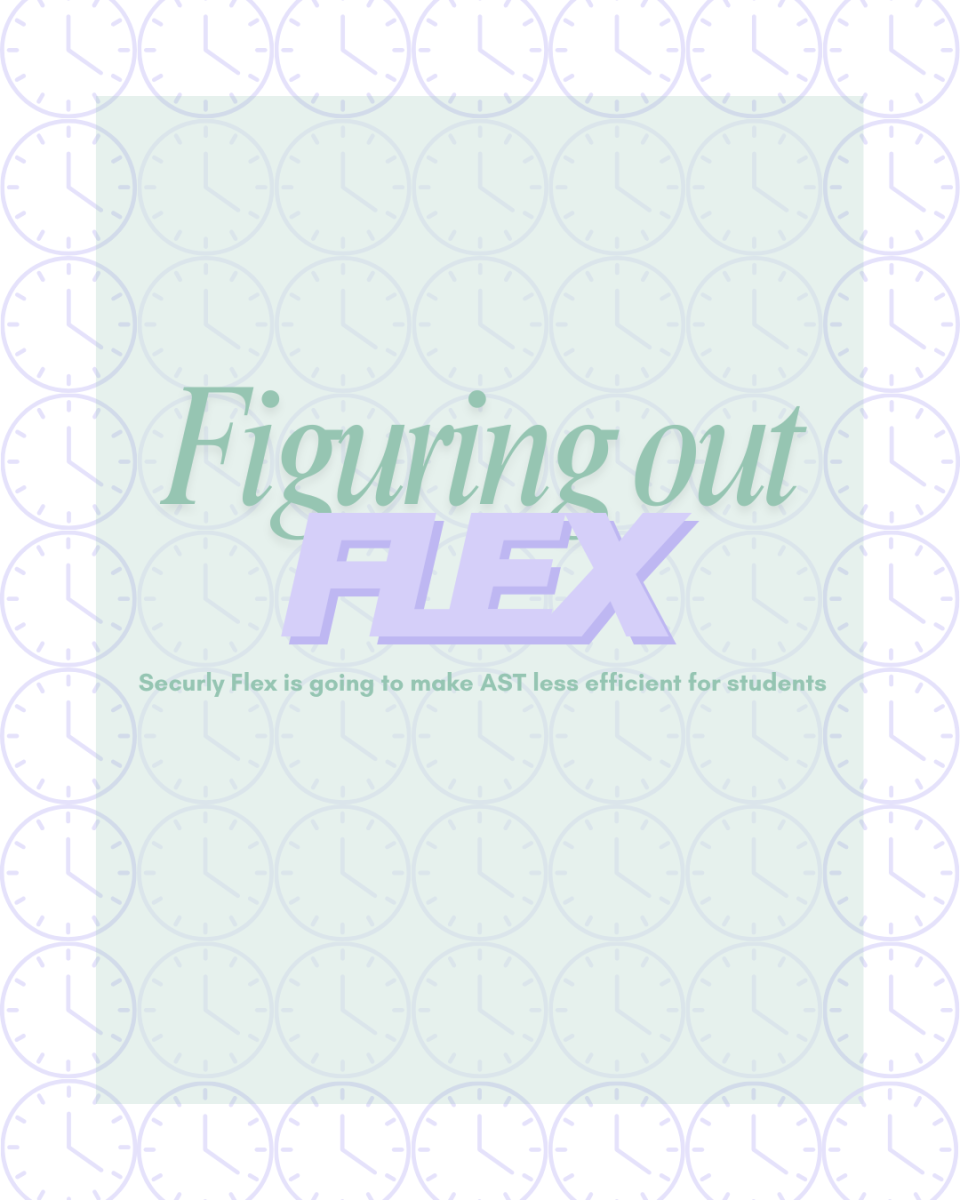Counselor Thomas Hult said most students in Blue Valley schools will be heading to some sort of college: about 97 percent of students, in fact. Because of this, the majority of Southwest students will be affected by tuition costs. These costs have risen in recent years, and unemployment has also increased once students are finished with their college education. For the success and prosperity of our generation, Southwest students should be sure that they are making a worthwhile investment in college.
According to a report released in October from the Project on Student Debt at The Institute for College Access and Success, college students are getting more student loans and having to pay higher tuition. Additionally, students have less chance of getting work once college is finished.
Hult is aware of these recent changes, and has an explanation for them.
“Part of the rising tuition costs is that states don’t have as much funding to subsidize as much as they used to have,” Hult said. “The tax dollars in this economy are going other places, not to high schools or colleges.”
Of course, even if the numbers are fighting against us more and more with each passing year, college is generally still a good idea. However, getting a degree in philosophy or basket weaving is a recipe for disaster. Students need to take care to select a degree that is not only fitting of their character, but profitable once college is done and over.
The source of the higher tuition costs is still somewhat of a mystery. Even when inflation is accounted for, the numbers are still astounding. Between 1980 and 2012, tuition costs have skyrocketed by over 400 percent. Undoubtedly, the actions of university administrations must be at least partially to blame for the predicament.
Some students, like senior Chris Cowan, think that specific choices by the university administrations are hurting students’ wallets.
“They have a lot of renovation costs that are from constructing new buildings,” Cowan said. “I think this is a justified reason to increase college tuition. However, they put too much funding into athletics programs.”
New buildings are a necessity at any university, primarily due to the gradually increasing population of people entering college. Additionally, consider that new classrooms, new professors or other new members of staff need to be paid for. On the flip side, more students also equates to more money incoming for the university. Clearly, the rising tuition is a result of a lack of balance between new students and new facilities.
This lack of balance could be compensated for by budget cuts to athletics, as Cowan said. Ultimately, sports are meant for the entertainment of an audience, and for entertainment of the athletes. As such, it should be a lower priority to that of tuition costs. If universities were to simply reduce their funding of athletic programs, they would then be able to reduce tuition costs in order to make their balanced budget.
Hult also said that increased student loan debt is a direct result of rising tuition costs. He thinks this is due to a variety of factors, not just state funding limitations, especially for private schools.
“Private schools don’t get any money from the state,” Hult said. “Technology is starting to cost them more, and new dorm buildings are having to be built. All of these factors make students have to pay more.”
The unemployment rate for college graduates is about 1.7 percent higher than that of the average American. Of course, the economy is suffering today, but college students definitely get the short end of the stick.
“I think that we are not creating enough jobs as a nation for college grads,” Hult said. “People are getting a degree, but they can’t use it. A lot of the graduates could get jobs, but not in their field of study. They are forced to wait for another opportunity.”
All things considered, the unemployment numbers are higher for certain degrees. Certain fields of study are in demand, such as engineering, medical or business degrees. Statistically, graduates with these degrees have lower unemployment rates. On the other hand, degrees such as history have a tendency for higher unemployment.
Hult thinks students should consider their paths carefully when selecting their college plan.
“My general philosophy is that if you have a passion for something, you should go for it,” Hult said. “Still, make sure you choose your educational path wisely.”
Some commentators have proposed new federal aid programs to counteract this problem. Hult thinks government intervention is not the answer.
“[Federal aid] will help some, but I think it is more based on the individual’s choices to make things happen,” Hult said. “A lot of people should go to a community college, then go to a university to complete their bachelors degree.”
Cowan thinks that the government should intervene, but with extreme care.
“I think [the federal government] needs to take a step back and reconsider the system,” Cowan said. “They do need to take action, though. They need to take the time to make sure it is done right.”
Alternatively, some commentators and students have suggested programs, like CAPS, that will help prepare students for the work place. There is a distinct lack of these programs nationally.
“They should try and prepare kids to get jobs just out of college,” Cowan said. “This will help the unemployment problem; they just need to get these programs more. ”
Individual action can be made in hopes of paying for college easier. Cowan has numerous ideas for his peers to help cope with these future difficulties.
“The most important part is that you have to be fiscally responsible,” Cowan said. “Pick two or three activities in high school and stick with them. Get college credit through high school, either through AP or CollegeNow. Finally, don’t spend your money on modifications to your pickup truck. Get a job over the summer, and save the money you get from that.”
Regardless of these potential solutions, students across the country will be paying more cash for college than ever before in history. Southwest students are among the ones who will be forced to sacrifice.
College Financial Statistics in 1980:
-Accounting for inflation, the average cost of annual tuition was $10,374 less than it is today.
-States funded about half of all tuition costs in 1980.
-Total costs of college were, on average, about $3,101.
-Federal grants often covered about two-thirds of tuition costs.
-General credit card debt was higher, on average, than student loan debt.
College Financial Statistics in 2012:
-8.8 percent unemployment for recent college graduates.
-Two-thirds of all college graduates have an average of $26,600 in student loan debt.
-Average student loan debt after college has increased by 5 percent in the past 2 years.
-Student Loan Debt is the largest form of consumer debt, except for mortgages.
-Tuition nationwide in public colleges has increased by 4.8 percent since last year.
1980 statistics courtesy of:
http://nces.ed.gov/fastfacts/display.asp?id=76
http://www.utne.com/politics/student-debt-zm0z12jazwar.aspx
2012 statistics courtesy of:
http://www.coloradoan.com/article/20121025/NEWS01/310250017/Fresh-out-college-out-money







